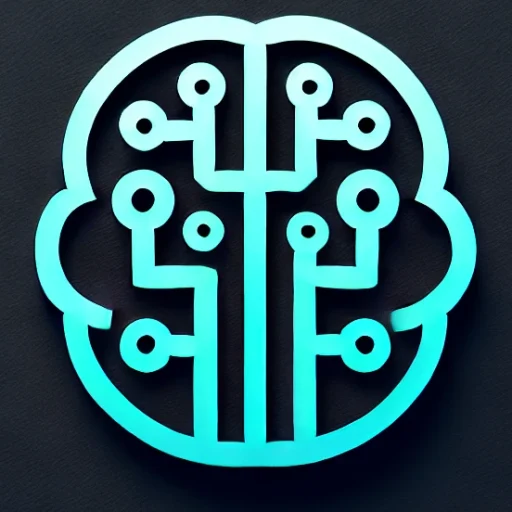
Introduction
In the realm of artificial intelligence, one breakthrough has garnered unprecedented attention and revolutionized both the tech industry and creative domains: Generative AI. As we step further into 2023, the capabilities of generative models continue to expand, heralding a new era of innovation and creativity. From producing hyper-realistic images and audio to autonomously coding complex programs, generative AI represents one of the most transformative and controversial technologies of our time.
Key Insights & Latest Advancements
The core of generative AI lies in its ability to create data. Models like Generative Adversarial Networks (GANs) and the more recent Transformer-based architectures, such as GPT (Generative Pre-trained Transformer) models, have demonstrated an astonishing ability to generate human-like text, art, music, and more.
-
Transformer Models: The GPT-4 model and similar large language models can comprehend and generate text with fluidity and depth that closely mirror human communication. These models have set new benchmarks in natural language understanding and generation.
-
GANs and Creative AI: GANs have evolved to produce high-quality, realistic images and videos. This technology is being utilized in fashion design, video game development, and virtual reality applications.
-
Multimodal Models: The emergence of models like DALL-E and Midjourney, which can seamlessly integrate and generate images from text prompts, highlights the potential of AI to bridge the gap between different content modalities.
Real-World Applications
Generative AI is not just a laboratory curiosity; it is actively reshaping industries:
-
Entertainment and Media: Hollywood is leveraging AI to create visual effects and enhance storytelling in ways previously deemed impossible. Video game developers are using it to design immersive environments and NPC dialogue.
-
Healthcare: In pharmaceuticals, generative algorithms assist in protein folding and drug discovery, significantly reducing the time and cost associated with bringing new drugs to market.
-
Art and Design: Artists use AI as a collaborative tool that expands their creative capabilities, allowing for novel expressions that push the boundaries of traditional art.
-
Education: Automated content creation through AI is personalizing learning, generating tailored educational materials, and even offering intelligent tutoring systems.
Challenges & Future Outlook
Despite its many benefits, generative AI poses significant challenges:
-
Ethical Considerations: The potential for misuse, such as deepfakes and intellectual property infringements, raises concerns about security and privacy.
-
Bias and Equity: Training data often reflects societal prejudices, which can manifest in biased outputs, necessitating concerted efforts to address fairness and inclusivity.
-
Energy Consumption: The computational demands of training large models are significant, prompting discussions about sustainable AI practices.
Looking to the future, the field of generative AI is poised for further evolution. Research is progressing towards enhancing interpretability, reducing resource requirements, and developing stronger regulatory frameworks to ensure ethical use.
Conclusion
Generative AI stands at the forefront of technological advancement, offering immense potential to innovate and disrupt established paradigms. As industries continue to integrate and adapt to this technology, it remains imperative to address its challenges to ensure that it serves as a force for good. Moving forward, collaboration between technologists, policymakers, and creatives will be crucial in harnessing the full potential of generative AI while safeguarding against its risks.
In conclusion, generative AI is not just shaping the future of technology but also how we perceive creativity and data generation. It is a critical area to monitor as its applications and implications continue to grow and evolve.

